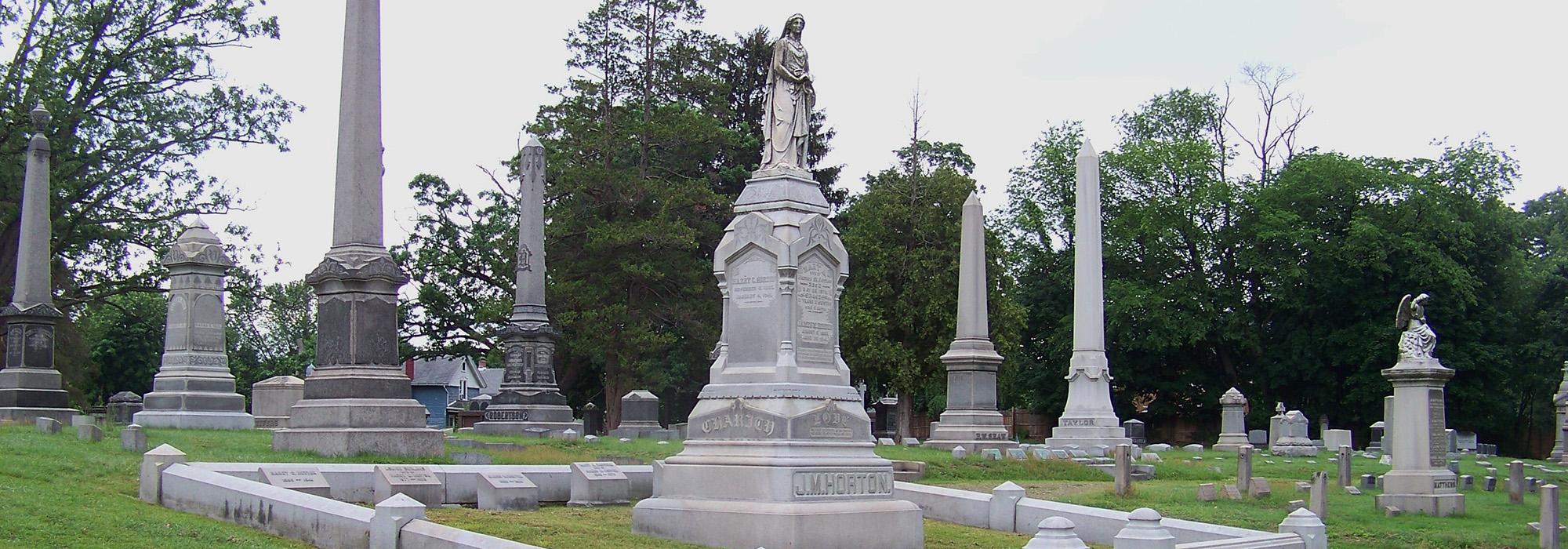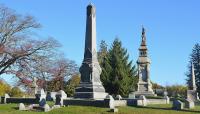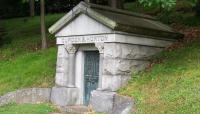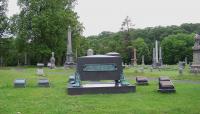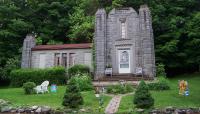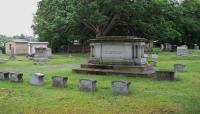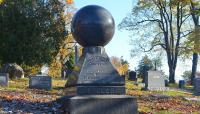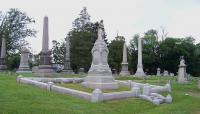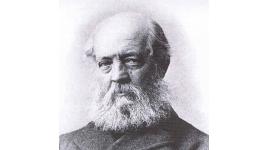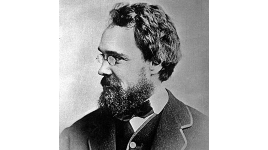Landscape Information
In 1860 the Hillside Cemetery Association purchased 44 acres of sloping farmland near Middletown, New York, for the creation of a cemetery. Shortly thereafter, the association hired architect Calvert Vaux to lay out a design. Vaux asked his collaborator Frederick Law Olmsted, Sr., with whom he was designing Central Park in New York City, to assist him. Vaux and Olmsted transformed the hillside into a series of bluffs that fitted a network of gravel walks winding among the graves, offering views of the Picturesque landscape. A primary drive encircled the site’s perimeter. The design diverted existing springs and streams to create two lakes and also resulted in the planting of more than 2,000 trees and shrubs, which included cypress, magnolia, and elm trees. A significant element of the cemetery plan was its entryway connecting to Mulberry Street, a road laid out by the partners to connect their landscape to the center of town. In 1986 the association asked landscape architect Louis Miller, Jr., to rehabilitate and expand upon the design of the cemetery by paving the central drive, building a new entrance ensemble that served as a memorial to Vaux, and planting a border screen of trees around the cemetery. A new master plan was also created during this time to guide future burials.
This 52-acre cemetery maintains much of Olmsted and Vaux’s original design. The grounds are populated by groupings of trees and a variety of mausolea, obelisks, and ornamental headstones of the era. The upper pond remains at the cemetery’s northeastern corner, while the lower pond has been mostly drained. Additional structures, including a stone chapel, built in 1930 and since converted into a gatehouse residence along Mulberry Street, were introduced over time. The cemetery was listed in the National Register of Historic Places in 1994.



